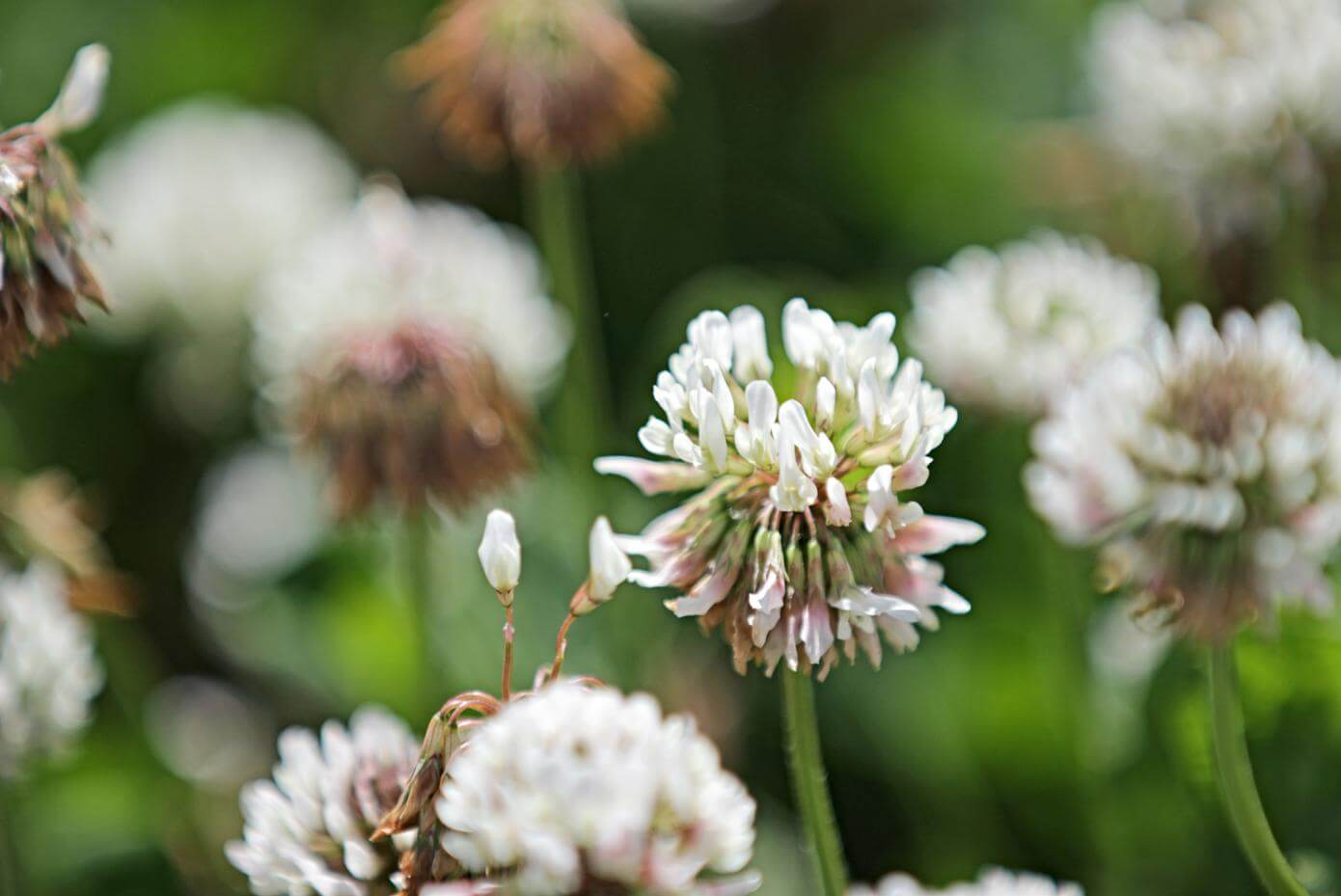Market Report
Last November, we began to talk about the reduction in acres of certain crops in the Pacific Northwest. We noted that compared to 2009 production numbers, Chewings Fescue acres were estimated to be down 28%, Bentgrass down 39%, Kentucky Bluegrass down29%, Perennial Ryegrass down 11%, and Tall Fescue down 28%. Last month we noted that international sales have been good this year.
This month, we will provide some additional overseas production data that might be of interest to you. According to a report put out last month by the Government of Alberta’s Agriculture and Rural Development Ministry of Canada, Danish 2010 production was also substantially down. The report stated that overall grass and legume production was down nearly one quarter (24.4%) from 2009 and off almost 13% from the 10-year average. Specifically, Perennial Ryegrass was down 23%, Orchardgrass down 52%, Tall Fescue down 48%, and Bluegrass down 13%. Production of Creeping Red Fescue was down 18% with a notation that Danish production was still over twice that produced in Canada.
While both of these factors don’t necessarily relate to domestic consumption, they do affect both pricing and supply. New crop export interest on items like Fawn and turf-type Perennial Ryegrass are at levels higher than prompt domestic prices.
Nexus XD = Dark Green
If you haven’t perused all 263 pages of the 2004-09 National Perennial Ryegrass Test Final Report, or haven’t memorized all 120 entries, don’t fret. Just remember these two varieties: Nexus XD and Nexus XR. Especially if dark color is important. Out of 120 varieties, Nexus XD received the highest score - a 7.6. Nexus XR, as sister variety, scored a 7.5. THESE VARIETIES ARE DARK GREEN!!!
But that’s not all Nexus XD has going for it. Count on Nexus XD for improved traffic tolerance, cold tolerance, resistance to winter damage, pink snow mold, red thread, dollar spot, brown patch, crown rust, and poa annua invasion.
So picture what a beautiful dark green ryegrass lawn, tee box, fairway, or athletic field looks like. Then picture the same field even DARKER green. That’s what it will look like with Nexus XD. Learn more by contacting us, or at SmithSeed.com.
NTEP Final Report
Genetic Color Ratings (Top 10 Scores)
2005-2009
| Variety | Score |
|---|---|
| Nexus XD | 7.6 |
| WayFarer | 7.6 |
| TR47 | 7.6 |
| Pick 02-R | 7.6 |
| Nexus XR | 7.5 |
| Halo | 7.5 |
| VB99 | 7.5 |
| Cabo II | 7.4 |
| PM 102 | 7.4 |
| Lsd | 0.3 |
Cover Crop Interest
Cover crop season is fast approaching and interest levels appear to be high. For some crops, like radish, that interest has caused prices to escalate as distributors look to cover their needs. Part of the challenge with selected cover crop species is that the timing of new crop harvest can be later than the best time to seed. Add to that fact, little to no carryover in some species, such as buckwheat and yellow blossom sweet clover.
Beef’s “Best year ever”
Speaking of exports, according to the USDA, 2010 was the best year ever for U.S. beef export valued at over $4 billion dollars, an increase over 2009 by nearly $1 billion dollars and one million metric tons. WOW!
Great Reasons for Growing Clover
Reason #2 - Better Forage Quality
“It has long been recognized that the forage quality of legumes, including clovers, is generally higher than that of most forage grasses. Legumes are usually higher in crude protein, digestibility, and many minerals and vitamins, and are digested more rapidly than grasses. The result is better animal performance”
From “Ten Great Reasons for Growing Clover” www.aces.edu/dept/forages/clover.html
